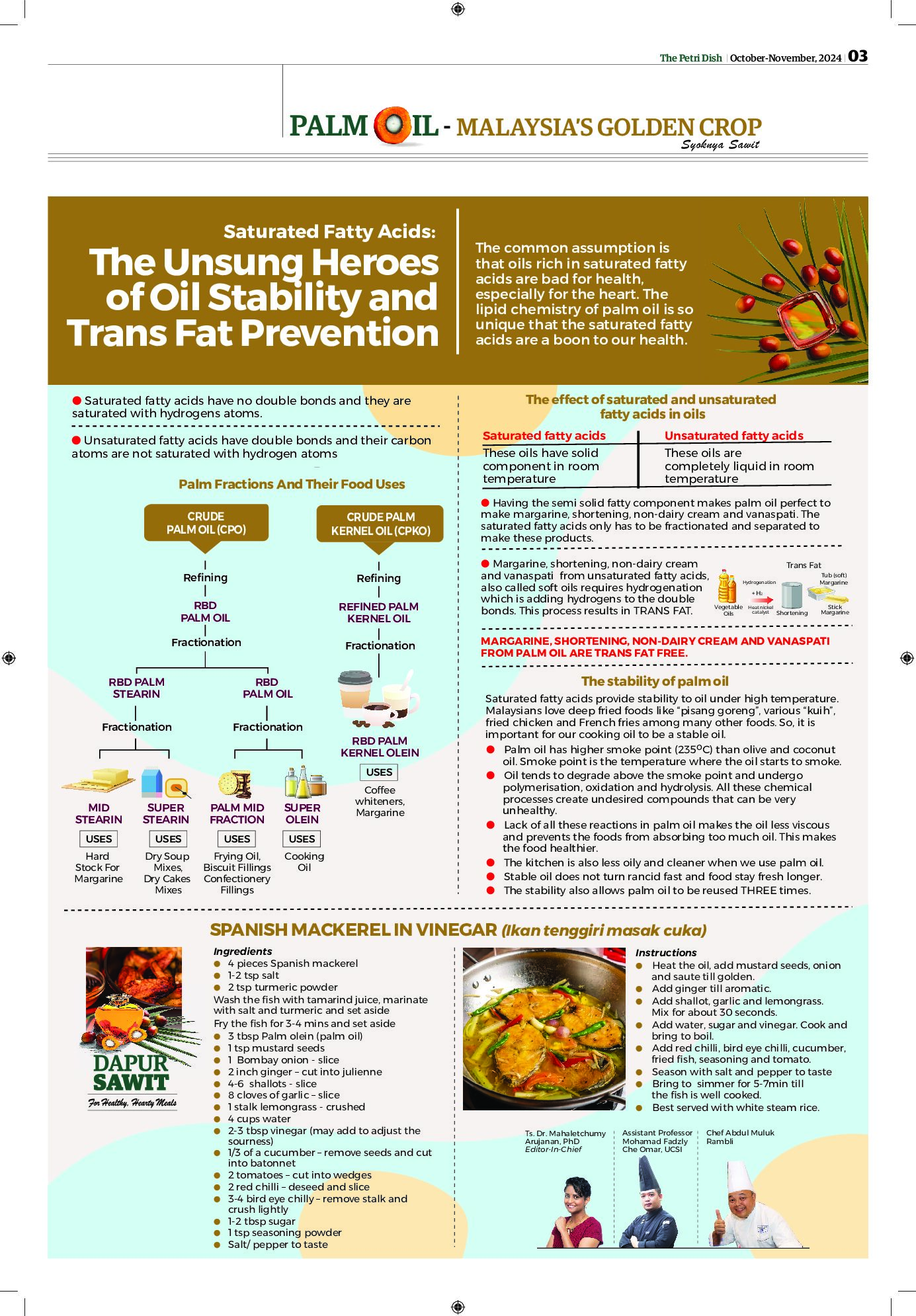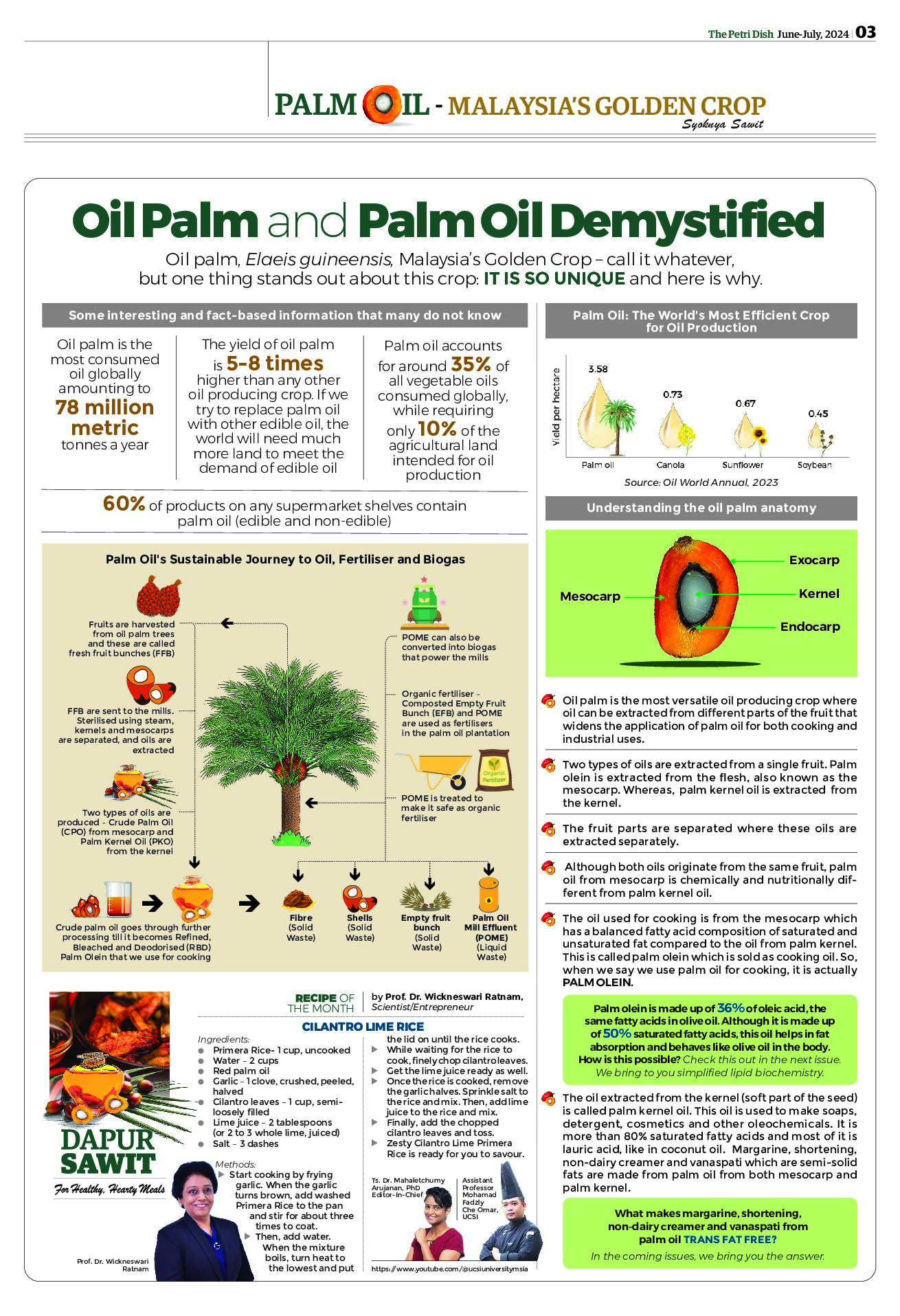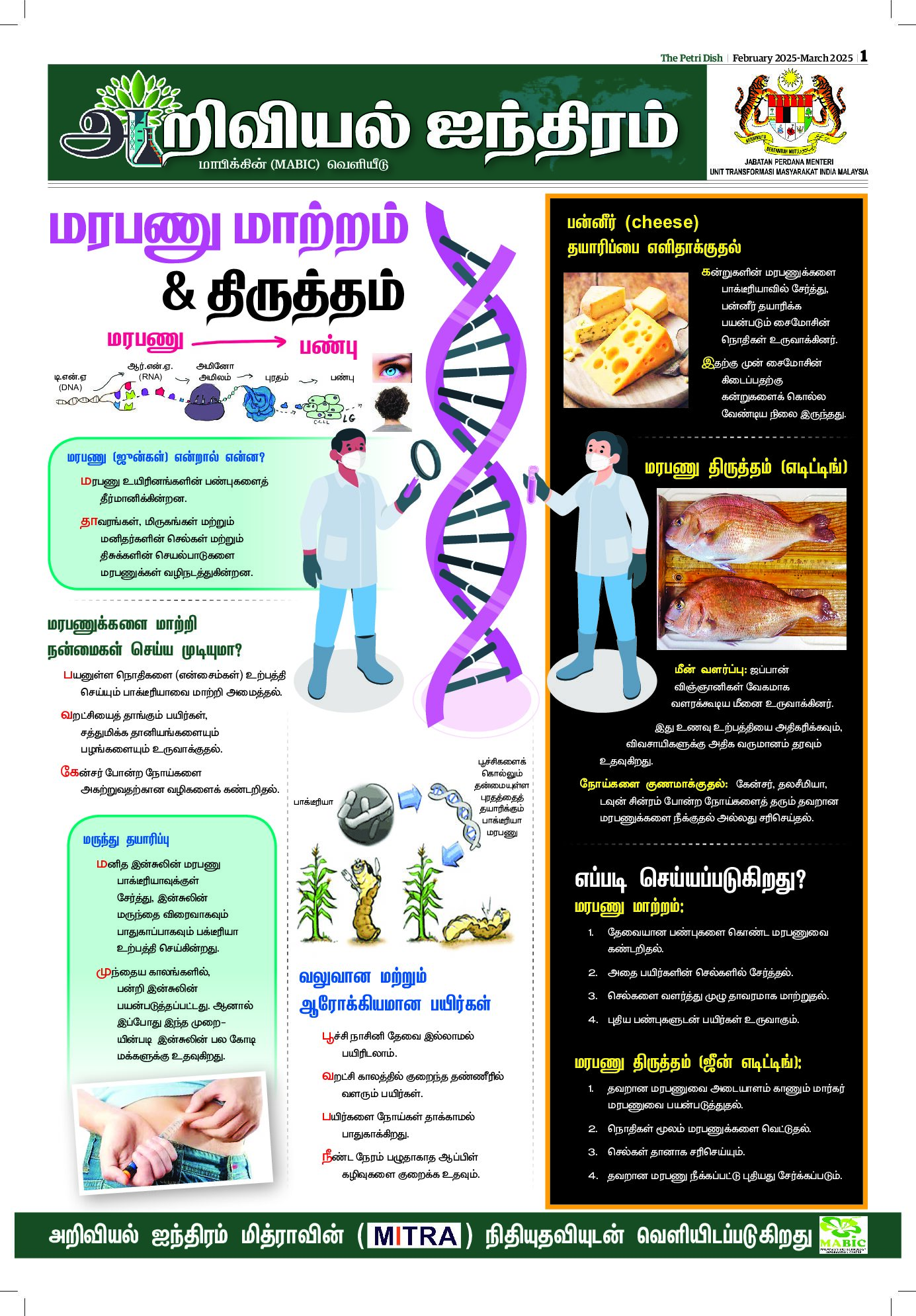RESEARCHERS in Sri Lanka have discovered a simple way of cooking the grain that dramatically cuts its calories by as much as 50 per cent, and also offers some other important health benefits. And we’re never going to cook rice any other way again.
According to the study, all you need to do is get a pot of water boiling, but before adding your raw rice, you add coconut oil – about three percent of the weight of the rice you’re going to add.
So that’s roughly a teaspoon for half a cup of rice, explains Sudhair James, an undergraduate chemistry student from the College of Chemical Sciences in Sri Lanka, who led the research with his supervisor.
“After it was ready, we let it cool in the refrigerator for about 12 hours. That’s it,” James told a media conference.
To eat it, you simply pop it in the microwave and, voila, you have a “fluffy white rice” that’s significantly better for you.
Simple, right? But the process actually involves some pretty fascinating food chemistry. At the heart of the technique is the fact that not all starches are created equal.
There are two main types – digestible starches, which our bodies quickly turn into glucose and store as fat if we don’t burn it up; and resistant starches, which aren’t broken down into glucose in the stomach, so they have a lower calorie content.
They instead pass through to the large intestine, where they act more like a dietary fibre and can provide all kinds of useful gut benefits.
Although a lot of starchy foods, such as potatoes and rice, start out containing a lot of resistant starches, depending on how we cook them, they often end up chemically changing before we eat them so that they’re mostly digestible starches.
Researchers had previously noted that, strangely enough, fried rice and pilaf style rice both seem to have more resistant starch than the more commonly prepared steamed rice.
A previous study also showed that letting pasta cool down before reheating and eating it greatly increased the content of resistant starch. So, James and his supervisor Pushparajah Thavarajah wanted to investigate further.
They tested eight different ways of cooking rice on 38 different types of the grain found in Sri Lanka, and they discovered that by adding a fat such as coconut oil before cooking, and then immediately cooling the rice, they could change the starch composition of the end result so that it contained more resistant starch.
The oil works by interacting with the starch molecules and changing its architecture.
“Cooling for 12 hours will lead to formation of hydrogen bonds between the amylose molecules outside the rice grains which also turns it into a resistant starch,” said James.
And he notes that heating the rice back up afterwards doesn’t change the resistant starch levels.
So far, the duo has only measured the specific chemical outcomes in the variety of rice that initially had the worst starch content, but they found that they were able to reduce the amount of digestible starch 15 fold. This was also associated with a 10 to 15 per cent reduction in calorie content.














